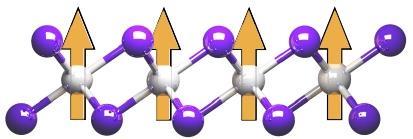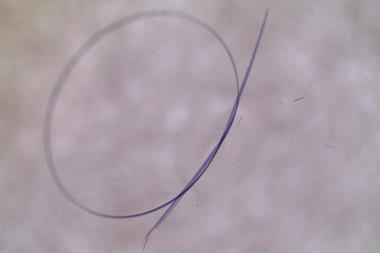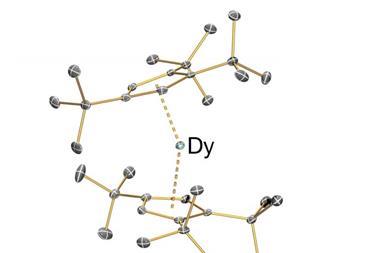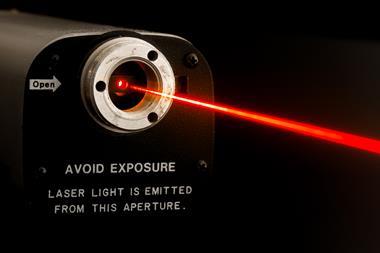2D magnet might lead to ultra-flat data storage solutions

The world’s first atomically thin magnet has been made by US scientists. The material could find applications in sensing and information technologies.
Graphene and other 2D materials have been hailed as wonder materials. Often they display unexpected properties not found in the bulk substance – graphene, for example, is a semiconductor while graphite is not. However, 2D magnets remained elusive. All materials investigated so far lose their magnetic properties when thinned down to a single atomic layer.
Now, the first monolayer magnet has been realised by a team led by Pablo Jarillo-Herrero from the Massachusetts Institute of Technology and Xiaodong Xu from the University of Washington. To create the atom-thick material, they peeled layers off chromium triiodide crystals with adhesive tape.
Kerr microscopy, a technique that visualises magnetism with polarised light, revealed that the monolayer is ferromagnetic, just like iron or rare earth magnets. However, when two chromium triiodide layers are stacked the material loses its magnetism – although it is restored in three-layer thick crystals.
The researchers say that they will need to study the 2D magnet further to understand what causes this unusual behaviour.
References
B Huang et al, Nature, 2017, 546, 270 (DOI: 10.1038/nature22391)

















No comments yet